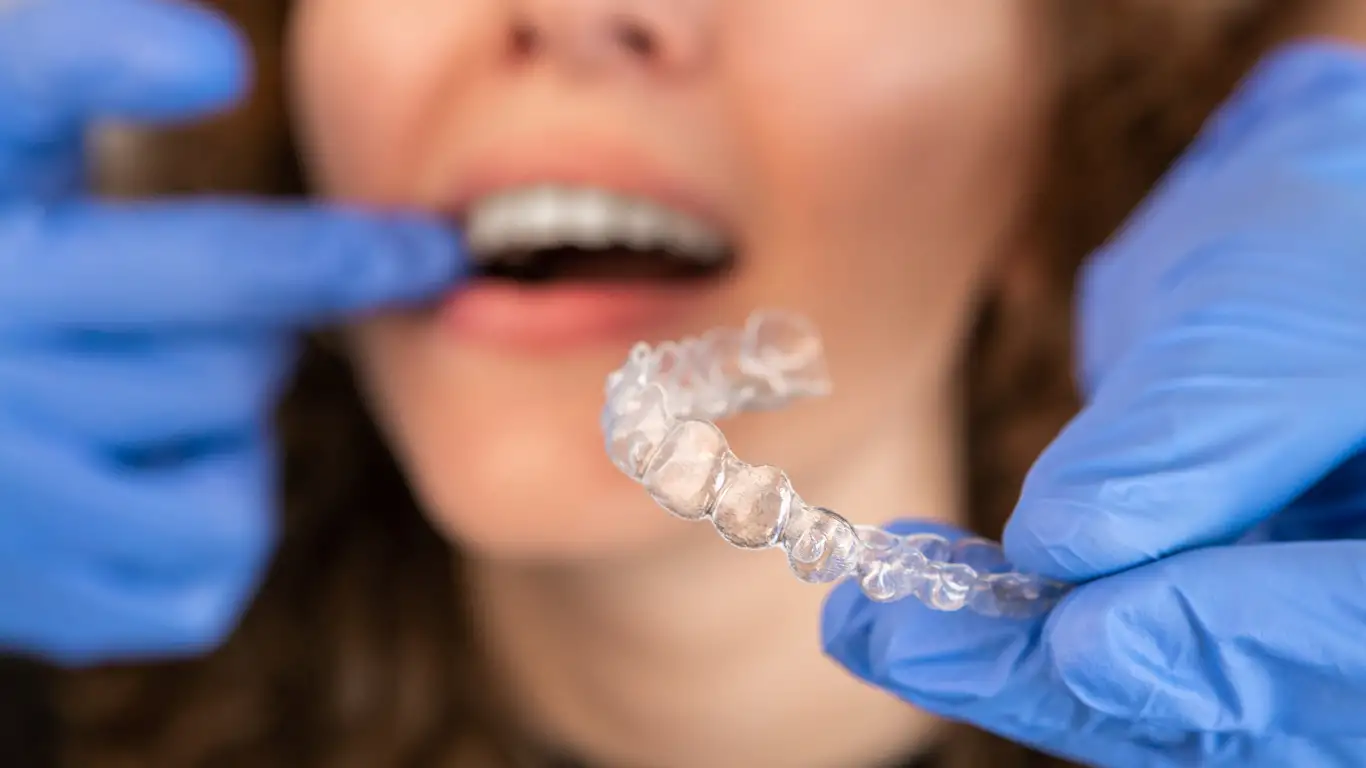Understanding Screwless Dental Implants for a Modern Smile
Screwless dental implants offer a different approach for replacing missing teeth with a focus on comfort fit and simplified placement. Learn about how this option is evolving what factors influence pricing and what questions to ask your dental care provider.

Benefits of Screwless Dental Implant Design
Screwless dental implants offer several distinct advantages over traditional screw-retained implant systems. The absence of access holes on the biting surface of the crown eliminates a potential weak point in the restoration, reducing the risk of future complications such as ceramic fracture or screw loosening. These implants typically feature an internal connection system where the crown is secured through friction fit or cement retention, creating a seamless appearance. Patients benefit from improved force distribution across the implant structure, which can enhance long-term stability and potentially extend the lifespan of the restoration. Additionally, the seamless design makes cleaning easier, as there are no crevices around screw access points where bacteria might accumulate.
Overview of Modern Tooth Replacement Choices
Today’s dental patients have access to several tooth replacement options beyond screwless implants. Traditional screw-retained implants remain widely used and offer excellent reliability with the advantage of retrievability for maintenance. Alternative options include cement-retained implants, which offer aesthetic benefits similar to screwless systems but may present challenges if removal becomes necessary. For patients missing multiple teeth, implant-supported bridges and full-arch solutions like All-on-4® provide comprehensive restoration without requiring an implant for each missing tooth. Removable options such as implant-supported overdentures combine stability with the ability to remove the prosthesis for cleaning. The ideal tooth replacement choice depends on factors including bone density, oral health status, aesthetic goals, and budget considerations.
Factors Affecting Dental Implant Procedure Cost
The financial investment for dental implant procedures varies significantly based on several key factors. The implant system selected—including whether it’s a screwless design—can influence pricing, with newer technologies often commanding premium rates. Geographic location substantially impacts cost, with procedures in metropolitan areas typically priced higher than in rural regions. The complexity of the case plays a crucial role, as patients requiring bone grafting, sinus lifts, or treatment for periodontal disease face additional expenses. The dentist’s expertise and specialization level also affect pricing, with experienced oral surgeons or prosthodontists often charging more than general dentists. Material choices for the final restoration, ranging from porcelain-fused-to-metal to full zirconia or lithium disilicate crowns, represent another variable in the overall cost equation.
Questions for Implant Consultation Appointments
Preparing a list of questions before an implant consultation helps patients make informed decisions about their treatment. Important inquiries should address the dentist’s experience specifically with screwless implant systems and their success rates with these procedures. Patients should ask about the anticipated treatment timeline, including healing periods between surgical phases. Understanding maintenance requirements and potential complications specific to screwless designs is crucial for long-term success. Questions about implant warranties and what happens if integration fails can clarify financial protections. Patients should also discuss sedation options, post-operative care protocols, and dietary restrictions during healing. Finally, requesting before-and-after photos of similar cases can provide realistic expectations of aesthetic outcomes.
Comparison of Implant Materials and Techniques
Modern dental implant systems utilize various materials and surgical approaches, each offering distinct advantages for specific clinical situations.
| Implant Feature | Traditional Design | Screwless Design | Benefits |
|---|---|---|---|
| Material | Titanium | Titanium or Zirconia | Zirconia offers metal-free option with excellent aesthetics |
| Connection Type | External Hex/Internal | Morse Taper/Conical | Conical connections reduce microgaps and potential bone loss |
| Surgical Approach | Two-stage | One-stage or Two-stage | One-stage reduces total treatment time |
| Prosthetic Attachment | Screw-retained | Friction-fit or Cement | Eliminates visible access holes for improved aesthetics |
| Loading Protocol | Delayed (3-6 months) | Immediate or Delayed | Case-dependent with considerations for initial stability |
Prices, rates, or cost estimates mentioned in this article are based on the latest available information but may change over time. Independent research is advised before making financial decisions.
The average cost of screwless dental implant procedures in the United States ranges from $3,000 to $6,000 per tooth when including the implant, abutment, and crown. This represents approximately a 10-20% premium over traditional screw-retained systems due to the specialized components and potentially greater technical complexity. Multiple implant procedures may qualify for package pricing, potentially reducing the per-tooth cost. Many dental insurance plans provide partial coverage for implants, typically between $1,000-$1,500 per implant, though coverage details vary significantly between providers.
Maintaining Screwless Dental Implants for Longevity
Despite their modern design, screwless dental implants require diligent maintenance similar to natural teeth. Daily brushing with a soft-bristled toothbrush and regular flossing around the implant site help prevent peri-implantitis, an inflammatory condition similar to periodontal disease that can compromise implant stability. Specialized cleaning tools like interdental brushes or water flossers can access difficult areas around implant crowns. Professional cleanings every 4-6 months allow for early detection of potential problems and removal of calculus that home care might miss. While screwless designs eliminate some maintenance concerns, regular check-ups remain essential to monitor the implant-tissue interface and ensure long-term success of the restoration.
This article is for informational purposes only and should not be considered medical advice. Please consult a qualified healthcare professional for personalized guidance and treatment.




